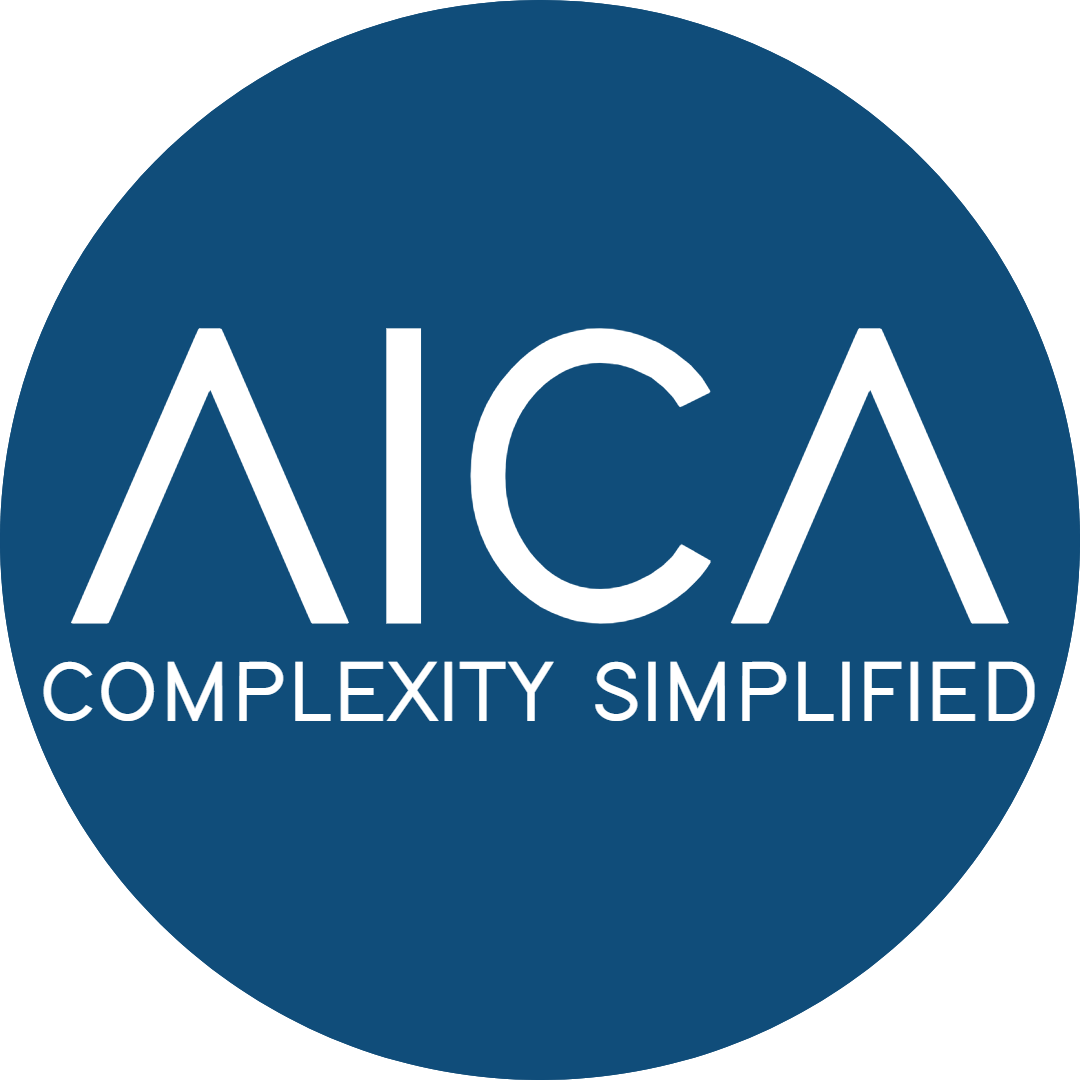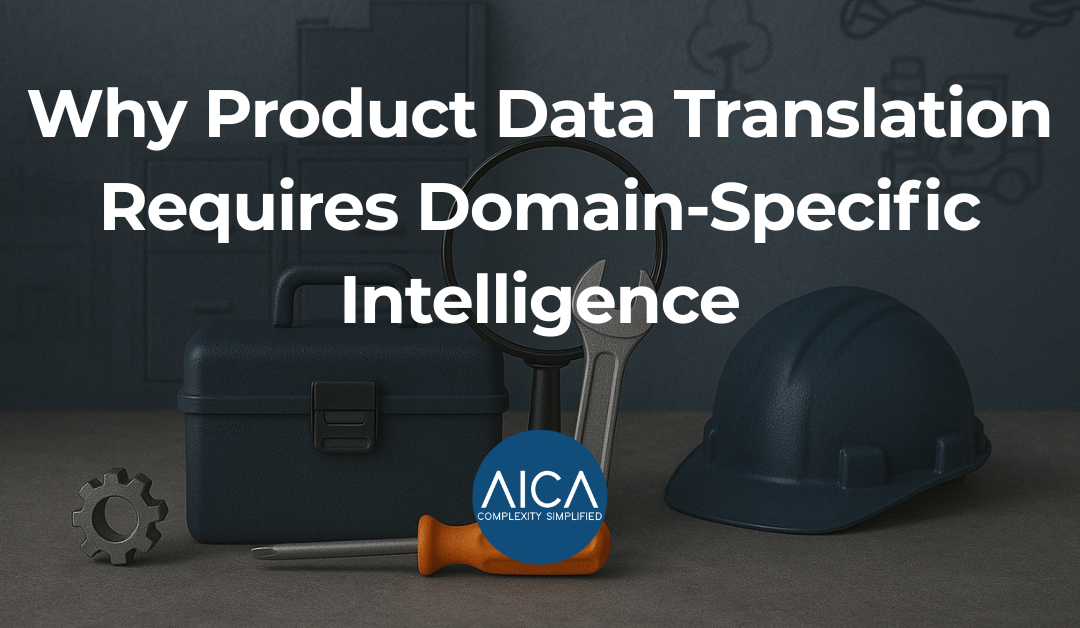Manufacturers, distributors, and procurement teams operate across multiple regions, each with different languages, measurement units, and industry standards. Yet, many organisations still rely on generic translation tools or large language models (LLMs) to handle product descriptions and specifications, often with poor results.
When product data is mistranslated or misunderstood, it doesn’t just cause linguistic confusion; it creates operational risk. Incorrect specifications, inconsistent classifications, and inaccurate attributes can lead to sourcing errors, compliance issues, and costly delays in procurement and maintenance.
Why Product Data Translation Is So Complex
Unlike marketing or conversational text, product and service data contains highly technical, structured information. Each term has precise meaning depending on its context, industry, and use.
For example:
A “seal” in automotive data refers to a gasket or O-ring, while in mining it could describe a ventilation barrier. A generic AI model may translate both identically, breaking the accuracy required for procurement or maintenance teams to trust the data.
The challenge grows across regions:
- Measurements change (inch vs millimetre, gallon vs litre).
- Material names vary by country or supplier.
- Classification standards differ (UNSPSC, GS1 GPC, ETIM, ISO).
- Local abbreviations and industry jargon distort automated translations.
Without domain-specific context, even the most advanced general AI models struggle to interpret these nuances, resulting in inconsistent product records and incorrect classifications.
Why Generic AI and Translation Tools Fail
General-purpose AI models are trained on open web data, not on the structured industrial, MRO, or engineering datasets required for accurate product translation.
This leads to several issues:
- Loss of Technical Precision: Models may misinterpret units, materials, or part attributes.
- Inconsistent Terminology: “Socket head cap screw” might become “plug screw” — technically incorrect and dangerous for operations.
- Classification Drift: Without UNSPSC or GS1 grounding, similar items are categorised differently across languages.
- Compliance Risk: Misinterpretation of safety or material standards (like ISO, DIN, or ASTM) can cause regulatory errors.
Generic GenAI tools can handle language fluency — but not technical accuracy. In product data, accuracy matters more than elegance.
How AICA Solves Product Data Translation
AICA’s Agentic AI platform was designed specifically for structured, technical, and industrial product data, not general web text.
Our platform combines domain-specific AI with human QA/QC to deliver translations and classifications that are both linguistically accurate and technically correct.
Here’s how AICA’s approach stands apart:
1. Domain-Trained Models
AICA’s algorithms are trained on millions of MRO and industrial records. This ensures that technical terminology, materials, and part types are understood in their correct operational context.
2. Classification-Aware Translation
We align translations directly with taxonomies such as UNSPSC, GS1 GPC, and ETIM. This ensures that every translated record maintains structural consistency and accurate category mapping across languages.
3. Attribute Enrichment and Validation
Beyond translation, AICA enriches data with missing attributes, materials, sizes, units, OEM references, and validates them through expert QA/QC, ensuring nothing is lost in regional conversion.
4. Integration Across ERP and Procurement Systems
Our platform connects via API or batch processing, enabling enterprises to standardise and translate product data across global ERP, EAM, and PIM systems without manual rework.
The Impact for Global Enterprises
Accurate product data translation delivers tangible business results:
- Faster Global Procurement: Teams across regions can search, compare, and source parts without confusion.
- Regulatory Compliance: Localised data adheres to international standards like ISO and UNSPSC.
- Reduced Duplication: Consistent classification eliminates redundant items across languages and sites.
- Improved Analytics: Unified datasets enable accurate global spend analysis and reporting.
In short, when product data is correctly translated and classified, enterprises gain visibility, efficiency, and confidence across their global supply chains.
Conclusion
Language is only part of the problem. Context is everything.
Generic AI models may understand language, but not your products. AICA’s domain-specific approach bridges that gap, combining industry-trained AI with human oversight to ensure your product and service data is accurate, consistent, and ready for global operations.
For enterprises managing multilingual supply chains, AICA is more than a translation tool, it’s a product data intelligence platform that ensures every description, attribute, and classification means the same thing everywhere.
Visit our website to learn how AICA helps global organisations standardise and translate product data with unmatched accuracy and efficiency.
Copyright Reserved © AICA Data International Ltd 2025

